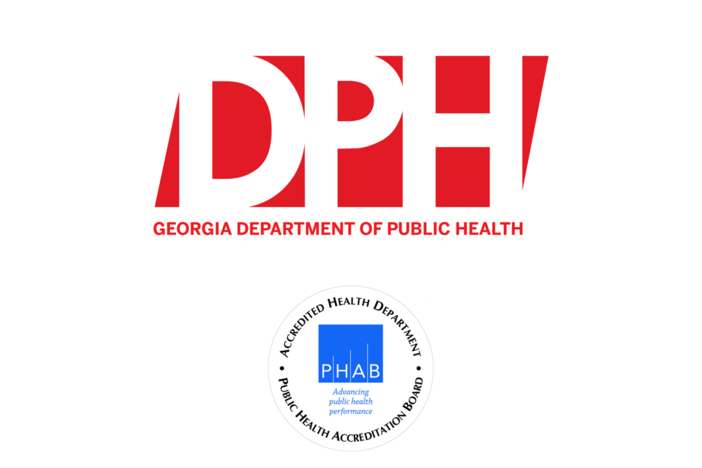
Taylor's focus on staff shortages involved public health nurses within his district who are what they call expanded role nurses. Zachary Taylor, the district health director for District 2, which goes from Cherokee County up through Whitfield County, spoke to the committee at the Georgia Department for Public Health. To address issues with staff shortages, Dr. The Health Resources and Services Administration (HRSA) requires that the State Office of Rural Health calculates and updates the HPSA scores every three years, and, Ham said, “the higher the scores, the higher the needs.”Īccording to a map Ham presented to the committee, “the map indicates that 88 of 120 rural counties scored in the high levels between 15 and 25.”
Health department vienna ga professional#
“Fifty-four counties do not have rural hospitals at all we have clusters of counties with no hospitals anywhere in sight.”Īccording to Ham, these 54 counties are classified as Health Professional Shortage Areas, which “is a shortage of primary care, mental health and dental health providers in a geographic area population group or facility.” “Those are broken down into 37 rural PPS (Medicare Protective Payment System) hospitals and 30 critical access hospitals,” she said. When broken down, Ham shows that the real problem lies in the lack of hospitals in many of those counties. Ham explained that in the 120 rural counties, there are 67 small rural and critical access hospitals. “However, we have a higher death rate for heart disease, stroke, cancer, motor vehicle accidents, and an increased prevalence of chronic conditions. “Out of all the people that live in Georgia, only about 26% of Georgia residents live outside of our urban centers, and every year, our rural population continues to decline,” Ham said. One speaker at the meetings was Nita Ham, director of the state Office of Rural Health with the Department of Community Health, who provided the study committee an insight into rural Georgia medical setup by map.Īccording to Ham, of the 159 counties in Georgia, 120 are classified as rural, meaning they have a population of less than 50,000. The study committee heard testimonies from several speakers with state departments, non-profit organizations or committees, and those with experience working in the medical field about issues they see affecting the rural Georgia area. “As we move forward, we’ll take a more surgical approach with some issues we identify that we’re particularly interested in.” “What this study committee is going to do is first take a broad approach with this meeting in identifying some issues that we’re seeing across the state and rural areas, and trying to pinpoint things that this committee believes the state can help with,” he said to the committee.


Bo Hatchett of Cornelia said the study committee focuses on recognizing issues affecting rural Georgia regarding the medical system before deciding what they’ll potentially concentrate on for the 2024 legislative session. The Georgia Senate Rural Medical Personnel Recruitment Study Committee convened for its first meeting on Wednesday at the Northeast Georgia Medical Center Habersham in Demorest.Ĭommittee chair Sen.


 0 kommentar(er)
0 kommentar(er)
